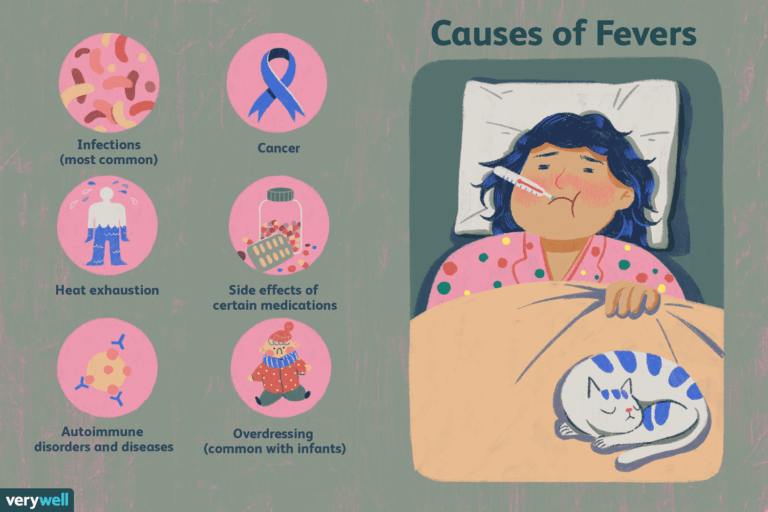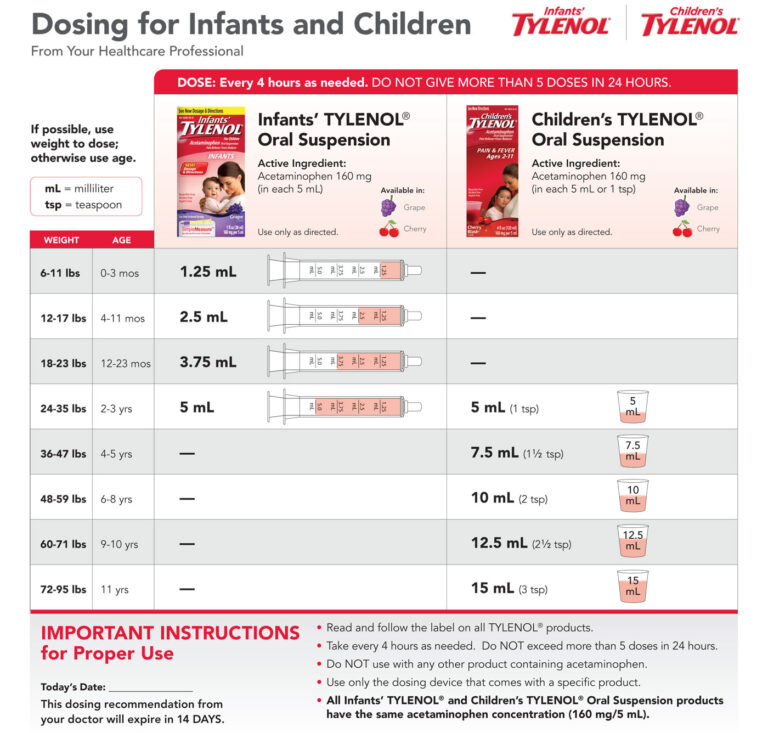When To Worry About Baby’s Soft Spot
As a parent, the soft spot on your baby’s head can be a cause for concern. Known as the fontanelle, this area is a gap between the bones of the skull that allows for brain growth and development. Understanding when to worry about your baby’s soft spot is essential for their well-being. In this article, we will explore everything you need to know about this topic to ease your mind and ensure your baby’s health.
Knowledge
The soft spot, or fontanelle, is a membrane-covered gap between the bones of a baby’s skull. It allows for brain growth and development during the first months of life. There are typically two soft spots on a baby’s head: the anterior fontanelle at the top of the head and the posterior fontanelle at the back.
It is normal for the soft spot to be slightly sunken or raised at times, depending on your baby’s hydration levels and position. As long as the fontanelle is soft and flat when your baby is calm, there is usually no cause for concern. It is a good sign of proper brain growth and hydration.
If you notice that your baby’s soft spot is bulging, sunken, or tense, it may be a sign of dehydration, infection, or other underlying health issues. Additionally, if the fontanelle closes too early, it can affect your baby’s brain development. In these cases, it is essential to consult with your pediatrician immediately.
Dehydration can cause the soft spot to appear sunken and your baby to become irritable. Make sure your baby is well-hydrated by offering frequent feedings, especially during hot weather or illness. If you suspect dehydration, seek medical attention promptly.
An infection in your baby’s body can also affect the soft spot. If you notice redness, swelling, or warmth around the fontanelle, it may indicate an underlying infection. Fever, irritability, and poor feeding can also be signs of infection. Contact your pediatrician for proper diagnosis and treatment.
Conclusion
In conclusion, knowing when to worry about your baby’s soft spot is crucial for their well-being. By understanding the normal development and signs of concern, you can monitor your baby’s health effectively. Remember to seek medical advice if you notice any unusual changes in the soft spot or your baby’s behavior. This article is intended for parents and caregivers who want to ensure the optimal health of their little ones.
Overall, the soft spot is an essential part of your baby’s anatomy that requires attention and care. By staying informed and observant, you can provide the best possible support for your baby’s development. Trust your instincts as a parent and seek professional guidance when needed to keep your baby healthy and thriving.






